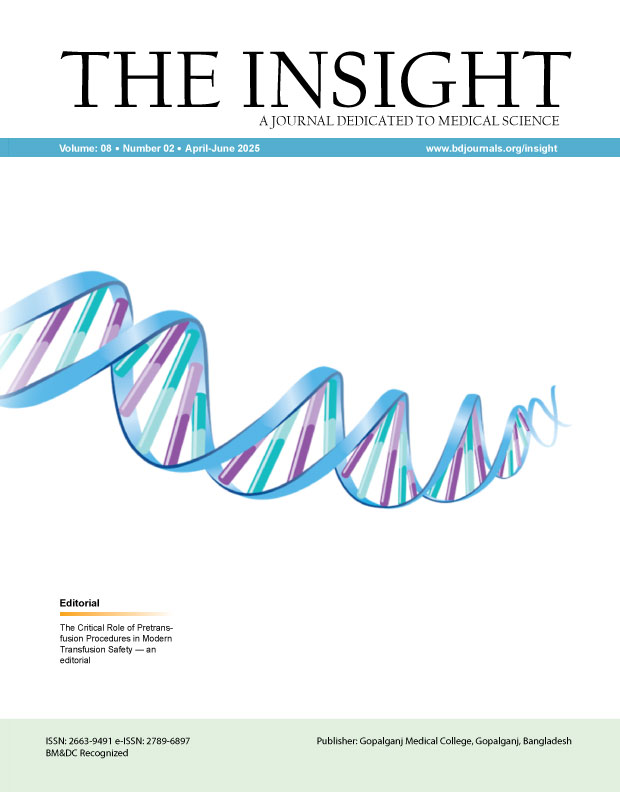Abstract
Background: Patients with end-stage renal disease (ESRD) on maintenance hemodialysis face increased risk of bone mineral density loss due to disrupted mineral metabolism and chronic inflammation. Identifying key determinants of low BMD is crucial for effective prevention and management. Aim of the study: To evaluate the impact of hemodialysis duration and associated clinical factors on bone mineral density at different anatomical sites in patients with end-stage renal disease (ESRD). Methods & Materials: This cross-sectional study included 60 hemodialysis patients. BMD and T-scores at the spine, hip, and forearm were measured using DEXA. Clinical, biochemical, and inflammatory factors were analyzed using correlation and regression to identify predictors of low BMD. Result: The mean age was 52.4 ± 10.3 years, with a mean dialysis duration of 48.6 ± 22.8 months. BMD was lower in patients with longer dialysis duration, with correlations of −0.412 (spine), −0.389 (hip), and −0.498 (forearm) (p < 0.01). Male gender and absence of diabetes were linked to higher BMD (p < 0.05). Elevated phosphate and PTH, and reduced vitamin D correlated with lower BMD (p < 0.05). Regression identified dialysis duration (β = −0.362, p = 0.003), PTH (β = −0.298, p = 0.007), phosphate (β = −0.251, p = 0.016), and CRP (β = −0.209, p = 0.030) as key predictors. Conclusion: Our findings indicate that longer dialysis duration, high PTH, phosphate, and inflammation predict low BMD in ESRD patients, highlighting the need for early bone health management.

This work is licensed under a Creative Commons Attribution 4.0 International License.
Copyright (c) 2025 The Insight





 PDF
PDF